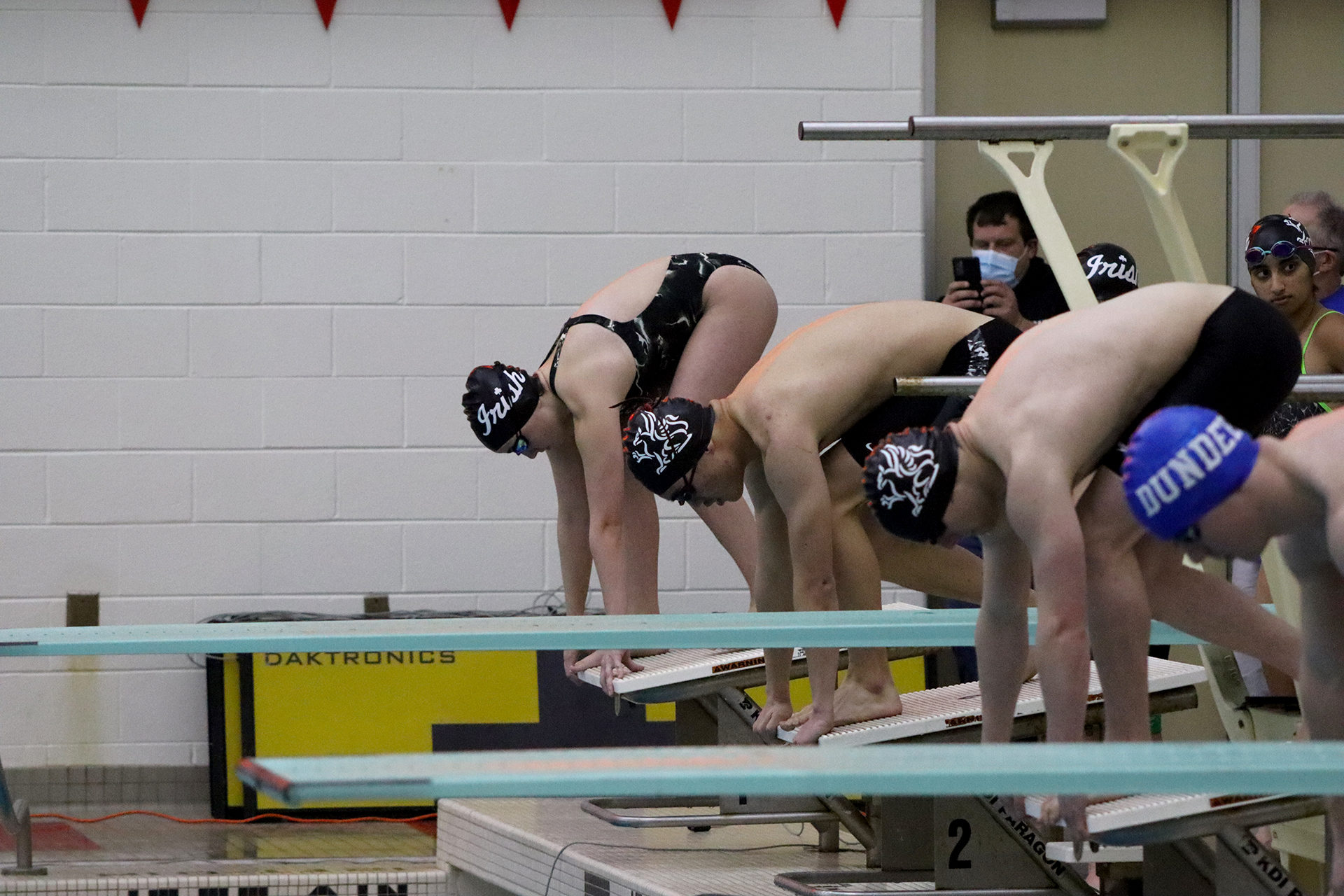A sampling of senior projects: Part I
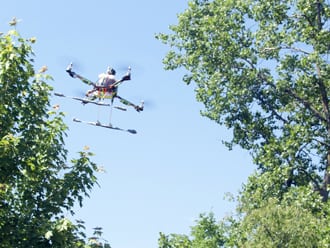
Each year, Greenhills seniors finish their school careers with senior projects — an opportunity for students to pursue deep, independent dives into subjects they find fascinating.This year, all the projects culminated in presentations at the Senior Project Festival June 1. Here are the first few noteworthy examples — stay tuned, as more will follow.
Krickett Kazyak: Neonatologist in Training
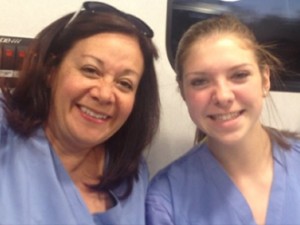 My dream job is a neonatologist, a physician specializing in newborns and premature infants. I have a passion for science, compassion for helping others, love for infants, and have watched as young family members required intensive care; to say the least, no other job resonates so strongly in my heart. That is why for my senior project I shadowed and assisted neonatologist Dr. Lisa Oca at St. Joseph Mercy Hospital in Ann Arbor. During these past few weeks I was fortunate enough to experience many aspects of a career in neonatology. I was able to shadow follow-up patients in the clinic, go on rounds in the neonatal intensive care unit and help examine babies, spend the night at the hospital while on-call, travel to another hospital on transport, and even watch deliveries. Dr. Oca and her colleagues where always willing to answer questions and provide explanations, and I not only learned more about medical science, but also what life is like as a physician. This in-depth exposure to neonatology really allowed me to assess my life plans, and strengthen my commitment to a career in medicine.
My dream job is a neonatologist, a physician specializing in newborns and premature infants. I have a passion for science, compassion for helping others, love for infants, and have watched as young family members required intensive care; to say the least, no other job resonates so strongly in my heart. That is why for my senior project I shadowed and assisted neonatologist Dr. Lisa Oca at St. Joseph Mercy Hospital in Ann Arbor. During these past few weeks I was fortunate enough to experience many aspects of a career in neonatology. I was able to shadow follow-up patients in the clinic, go on rounds in the neonatal intensive care unit and help examine babies, spend the night at the hospital while on-call, travel to another hospital on transport, and even watch deliveries. Dr. Oca and her colleagues where always willing to answer questions and provide explanations, and I not only learned more about medical science, but also what life is like as a physician. This in-depth exposure to neonatology really allowed me to assess my life plans, and strengthen my commitment to a career in medicine.
Post-project reflection
Reflecting on her project, Krickett said “Three weeks ago I was a cliché–I was a young optimistic teenager who wanted to be a doctor. Now I am a young optimistic teenager–with experience–who wants to be a doctor: still a cliché. But I am now confident, with my intensive shadowing opportunity, that I am going to defy the cliché. I am actually going to become a doctor.”
Tristan Lopus: Live Detroit
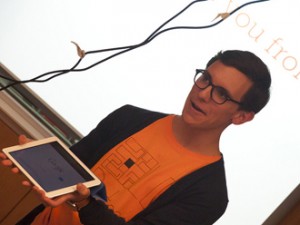 To a degree unparalleled by the residents of any other metropolitan area in America, Metro Detroiters avoid their parent city, pervasively choosing to spend their time in their own suburbs instead of Detroit. Founded on the idea that it is not a transformation of the city itself, but rather of the perception of it that will bring Metro Detroiters back into the city, Live Detroit is an advertising campaign that markets the city of Detroit to the residents of its suburbs. The campaign also takes special care not to promote the white privileged attitude that has caused certain Detroit communities to be stripped from their native residents by subcultures of largely middle-class, white people.
To a degree unparalleled by the residents of any other metropolitan area in America, Metro Detroiters avoid their parent city, pervasively choosing to spend their time in their own suburbs instead of Detroit. Founded on the idea that it is not a transformation of the city itself, but rather of the perception of it that will bring Metro Detroiters back into the city, Live Detroit is an advertising campaign that markets the city of Detroit to the residents of its suburbs. The campaign also takes special care not to promote the white privileged attitude that has caused certain Detroit communities to be stripped from their native residents by subcultures of largely middle-class, white people.
The central component of the campaign is a promotionally informational website … (with) an interactive directory. … To promote the website and interactive directory and, by extension, the city itself, I produced a film advertisement, and designed and printed campaign posters and t-shirts. … The development of the website … demanded the most time, required the broadest analytical and creative skill set, and was the most educational and developmental component of the project. In preparing for and executing the site development, I have become proficient in the five coding languages in which the site is written, of which I had absolutely no prior knowledge. … These programming languages have forged very powerful and rapid development of my analytical thinking and problem solving abilities. Furthermore, formulating the campaign’s fundamental message, and conveying it through each of its components, demanded and very powerfully developed my rhetorical and persuasive skills, as well as my understanding of race, class, and the city of Detroit. While it would be perhaps impossible to conceive a project that encompassed all of my greatest passions and interests, Live Detroit has come unexpectedly and captivatingly close to doing just that.
Post-project reflection
“I was fascinated by the incredible volume of resources that were readily available to answer any programming questions that were stumping me, and the process of writing the code certainly had a very transformational and developmental influence on my analytical and problem solving skills,” Tristan said. “Perhaps my only regret regarding the project is that I did not make it a three-person partnership, with Ally Morrison to be in charge of data entry and Gus Nordheilm to lead film advertisement production. Both were instrumental in completing these respective aspects of the project, and in hindsight, we all felt that a three-way partnership would have allowed us to reach even further in developing the site and the film advertisements.”
Antonia Piedmonte-Lang: Salif Kieta: Identity in Music
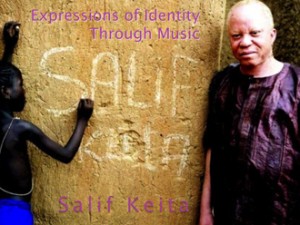 For the last several years of my life I have been interested in the themes of identity and self-expression. After studying Human Geography, African history, French (literature and culture), and English literature, I’ve found expression of identity is a common thread. A sense of belonging and acceptance; knowing the comfort of others like you; these are the things that make us human. I wanted to pursue a project that embraced disparate studies and ideas, but would still have a recognizable human element. Salif Keita is the embodiment of person who has struggled to bring together all parts of himself—as a nobleman turned musician, a black person with albinism, a Malian immigrant to France—he is the embodiment of someone who has felt like an outlier. Yet, he has taken all of these contrasting identities and brought them into one, and with this, has revolutionized the musical landscape. This is why I chose to study the Malian musician Salif Keita.
For the last several years of my life I have been interested in the themes of identity and self-expression. After studying Human Geography, African history, French (literature and culture), and English literature, I’ve found expression of identity is a common thread. A sense of belonging and acceptance; knowing the comfort of others like you; these are the things that make us human. I wanted to pursue a project that embraced disparate studies and ideas, but would still have a recognizable human element. Salif Keita is the embodiment of person who has struggled to bring together all parts of himself—as a nobleman turned musician, a black person with albinism, a Malian immigrant to France—he is the embodiment of someone who has felt like an outlier. Yet, he has taken all of these contrasting identities and brought them into one, and with this, has revolutionized the musical landscape. This is why I chose to study the Malian musician Salif Keita.
Post-project reflection
“I learned that though Salif Keita is an embodiment of what may be contradictions, of differences within himself, he is a person who is expanding and creating a more inclusive definition of humanity for himself, and for others,” she wrote. “It was a big project with big ideas and topics. … I hope to study abroad and put all of this learning to good use. I can’t wait to visit and see everything I have learned about through this project.”
Zainab and Hajra Bhurgri: Exploration of our Heritage
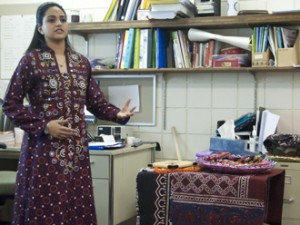 For our senior project we decided to explore our heritage. Being Pakistani-American, we wanted to connect to our roots back in Pakistan. Pakistani-American leaves out the fact that Pakistan has four very distinct provinces, and our family comes from the province of Sindh. This was an opportunity for us to learn our heritage and to see where our family comes from. We got to learn about our traditions, language, cuisine and culture. Not only did we gain a lot of knowledge, we were also able to connect with our family members by asking them many questions and trying to get the correct pronunciation for many words. Through our research we were able to see the positive and beautiful side of our country that we may not see in the media today. We learned how valuable it is to know your identity and to see the mixture of both American and Pakistani cultures in our daily lives.
For our senior project we decided to explore our heritage. Being Pakistani-American, we wanted to connect to our roots back in Pakistan. Pakistani-American leaves out the fact that Pakistan has four very distinct provinces, and our family comes from the province of Sindh. This was an opportunity for us to learn our heritage and to see where our family comes from. We got to learn about our traditions, language, cuisine and culture. Not only did we gain a lot of knowledge, we were also able to connect with our family members by asking them many questions and trying to get the correct pronunciation for many words. Through our research we were able to see the positive and beautiful side of our country that we may not see in the media today. We learned how valuable it is to know your identity and to see the mixture of both American and Pakistani cultures in our daily lives.
Post-project reflection
“(Our) parents had told me about (our) great great grandfather, and how instrumental he was in the partition between Pakistan and India. After knowing how important he was in Pakistan, we wanted to learn more about where we came from,” they wrote. “We learned how valuable it is to know your identity and to see the mixture of both American and Pakistani cultures in our daily lives.”
Kenny Ferris: Coptering
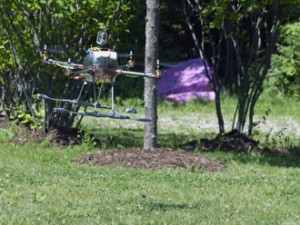 For my senior project, Brendan Kelly-Bukovac and I constructed and modified a quadcopter. We have both been interested in engineering as college majors, and dream of contributing to cutting edge of technology and the pioneering of the future. In recent months, autonomous and remotely piloted air vehicles (drones) have become an increasingly important component of the commercial and engineering world. Every news agency from 60 Minutes to NPR has run at least one story on the surreal Amazon drone or the FAA’s upcoming legislation that will help define legal practices with such devices. With the sudden rise in popularity of RC drones, we knew exactly what we wanted to do. We decided to build a quadcopter, a helicopter-like drone with four rotors instead of one, because they are relatively simple machines that are very stable and are capable of being extensively modified. Since the construction of the drone would branch into several different aspects of engineering, from mechanical to electrical to software all the way to aerospace, we believe that this project is a perfect introduction to the field of engineering. In the last few weeks, we have experienced many challenges of engineering and our project, as a whole, can probably best be described as a demonstration of Murphy’s Law. Construction of the body was difficult, programming the copter to fly was frustrating and once it did, finally, get off the ground, the copter had multiple damaging crashes. These challenges, our solutions, and the finished product have taught us numerous lessons about the field of engineering, with several of the lessons having nothing to do with engineering.
For my senior project, Brendan Kelly-Bukovac and I constructed and modified a quadcopter. We have both been interested in engineering as college majors, and dream of contributing to cutting edge of technology and the pioneering of the future. In recent months, autonomous and remotely piloted air vehicles (drones) have become an increasingly important component of the commercial and engineering world. Every news agency from 60 Minutes to NPR has run at least one story on the surreal Amazon drone or the FAA’s upcoming legislation that will help define legal practices with such devices. With the sudden rise in popularity of RC drones, we knew exactly what we wanted to do. We decided to build a quadcopter, a helicopter-like drone with four rotors instead of one, because they are relatively simple machines that are very stable and are capable of being extensively modified. Since the construction of the drone would branch into several different aspects of engineering, from mechanical to electrical to software all the way to aerospace, we believe that this project is a perfect introduction to the field of engineering. In the last few weeks, we have experienced many challenges of engineering and our project, as a whole, can probably best be described as a demonstration of Murphy’s Law. Construction of the body was difficult, programming the copter to fly was frustrating and once it did, finally, get off the ground, the copter had multiple damaging crashes. These challenges, our solutions, and the finished product have taught us numerous lessons about the field of engineering, with several of the lessons having nothing to do with engineering.
Post-project reflection
“In undertaking this project I learned a lot about the entire engineering field and a great deal more about physics as well. How the electronics worked in addition to its relations to mechanical requirements and programming the software made up the greatest difficulty to the project. My mentor hit the pin on the head when told us that these remote controlled drones are quite a handful.”




